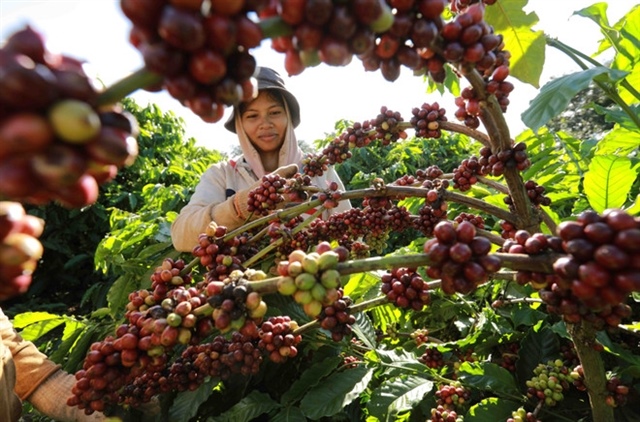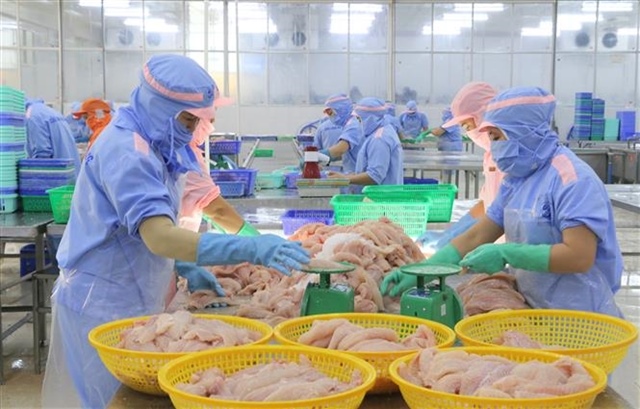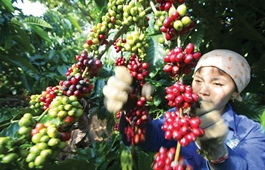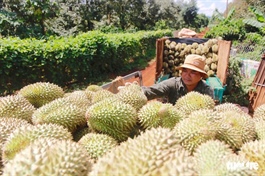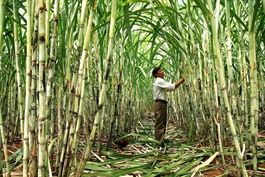Sustaining growth in coffee amid global shifts
Sustaining growth in coffee amid global shifts
Global coffee markets are entering a pivotal phase, shaped by fluctuating prices, climate challenges, and evolving regulations. As Vietnam navigates these dynamics, Laleska Rossi Moda, analyst at Hedgepoint Global Markets, spoke with VIR’s Khanh Linh about its ability to sustain competitiveness and drive growth.
What key factors are expected to drive global coffee prices in 2025, and is the market more likely to remain volatile?

Laleska Rossi Moda, analyst at Hedgepoint Global Markets |
While predicting whether coffee prices will reach new heights in 2025 remains uncertain, the outlook points to a bullish and volatile market. This is largely due to low stock levels across many major producing and consuming countries, coupled with the likelihood of a smaller-than-expected crop in Brazil for the 2025/2026 crop year.
Climate conditions, particularly rainfall and temperature variations, continue to be a dominant factor, with the weather’s impact on Brazil’s crop expected to persist. Additionally, Vietnam’s 2025/2026 coffee season is poised for development, contributing to global market dynamics.
On the regulatory front, although final decisions on the EU’s Regulation on Deforestation-free Products (EUDR) are still pending, it is unlikely that any significant delays will occur. By the close of 2025, most major producing nations, including Brazil and Vietnam, are expected to be fully compliant, minimising the regulation’s immediate impact.
EUDR and high prices are reducing coffee demand. How will this affect Vietnam’s producers, and what should the country do to stay competitive?
The primary impact of the EUDR on European demand is expected to be felt in the short term, with stock recovery in the EU already underway due to a surge in imports during 2024. However, higher prices may dampen demand over the long run, particularly for speciality coffees or premium beans such as washed arabica. In contrast, the widening arbitrage between New York and London prices is likely to drive stronger demand for robusta in 2025. Roasters are expected to increase the proportion of robusta in their blends as arabica prices rise.
As for Vietnam, the country remains the leading supplier of high-quality robusta. Despite Brazil’s growing share in the international market in 2024, it still struggles to meet global demand in terms of both volume and quality. Vietnam, therefore, must focus on boosting productivity to offer more competitive beans, particularly as Brazilian beans remain cheaper, while ensuring its premium quality remains intact.
With the growing demand for coffee in China, South Korea, and Japan, what opportunities can Vietnam seize upon to expand its share in the market?
The Asian market has emerged as a significant driver of coffee consumption growth in recent years and is expected to continue leading the charge in the coming years. South Korea and Japan, two robust markets for robusta, particularly in the production of instant coffee, are anticipated to increase their demand for high-quality beans from Vietnam.
Meanwhile, China, still a developing market, has shown a preference for arabica, particularly beans from West Africa and Brazil. However, as arabica prices rise, a shift towards more affordable soluble coffee and a greater use of robusta in coffee blends across the region could occur.
Alongside growing demand for robusta, there is an increasing focus on sustainability of the supply chain. In addition to Europe, where consumers are favouring sustainable coffee brands, similar trends are expected to emerge in Asia. The rising economic affluence in the region, particularly in countries like China and Vietnam, will also influence consumer preferences, with higher incomes driving more demand for premium coffee products.
As these markets evolve, Vietnam’s industry must adapt to capitalise on both the growing demand for robusta and the increasing call for sustainable coffee.
What strategies should Vietnam adopt to harness its sustainable development potential while tackling climate change and product quality challenges?
Sustainability in the coffee industry has become an irreversible global priority. While approaches and investment levels vary between countries, the overarching trend is clear, driven by the mounting challenges of climate change. Over the past decade, climate-related disruptions have been the primary force behind supply constraints, a pattern likely to persist as a major risk to coffee production in the years ahead.
In Vietnam, efforts to promote sustainable coffee production are already underway, and this is expected to expand significantly, particularly with the implementation of the EUDR. However, achieving long-term sustainability in the coffee supply chain will require collective action from all stakeholders, alongside stronger risk management strategies.
This year has underscored the vulnerabilities of the industry, with supply deficits continuing and hedging costs rising. The escalating market volatility and heightened supply-side risks demand urgent attention. To navigate these challenges, the coffee sector must adapt and innovate to ensure resilience while advancing sustainability goals.





